(CLO) Due to climate change, in recent years, the Arctic has warmed faster than any other region on the planet. But the heat in this icy land is not just about temperature. The Arctic is also witnessing a vibrant race between major powers to exploit the immense resources here.
The ice melts quickly and the race is more exciting
The US National Oceanic and Atmospheric Administration (NOAA) said that summer surface air temperatures in 2023 were the warmest ever recorded in the Arctic. 2023 was the sixth consecutive year of warming in the Arctic, but 2024 is set to be even hotter, with the region hitting a new record temperature of 35.9°C in August.
As temperatures rise and ice caps melt, the “gold rush” heats up in the Arctic Circle. Currently, eight countries have territory in the Arctic Circle: Canada, Finland, Denmark, Iceland, Norway, Russia, Sweden, and the United States.

Due to climate change, the Arctic could create strong competition between many countries. Photo: GI
All are members of the Arctic Council, an organization that plays a decisive role in most conflicts in the region. In addition to the eight member states, the Arctic Council also has 13 observers, with powers such as China, Japan, India, the UK, France and Germany, so the influence of this organization is much wider than its geographical area.
The Arctic Circle is a region rich in natural resources. According to the International Energy Agency (IEA), about 13% of the world’s undiscovered oil and 30% of its undiscovered natural gas could be located there, with an estimated value of $35 trillion. That’s not counting other valuable minerals, and the actual reserves could be even larger, as much of the region’s deep, icy waters remain unexplored.
With such “riches”, it is not surprising that the race to exploit resources in the Arctic Circle is very active. Russia - the geographically largest Arctic country - has invested in many large projects, such as Yamal LNG on the Yamal Peninsula, one of the world's largest liquefied natural gas projects.
Meanwhile, China has invested $90 billion in Arctic energy and resource projects over the past decade, mostly in Russia, according to High North News. The US is also expected to expand its exploration activities in Alaska after President-elect Donald Trump takes office. Trump has long expressed support for expanding oil and gas exploration in Alaska.
Norway is also a country with significant oil and gas activity in the Arctic. Its largest project, Johan Castberg, located off the Barents Sea, consists of three oil fields with estimated reserves of 400 to 650 billion barrels and is operated by Equinor, a Norwegian state-owned energy company.
New challenges in cold lands
In a geologically important region like the Arctic, the vibrant exploitation of natural resources, combined with climate change, is creating huge environmental challenges, both regionally and globally.
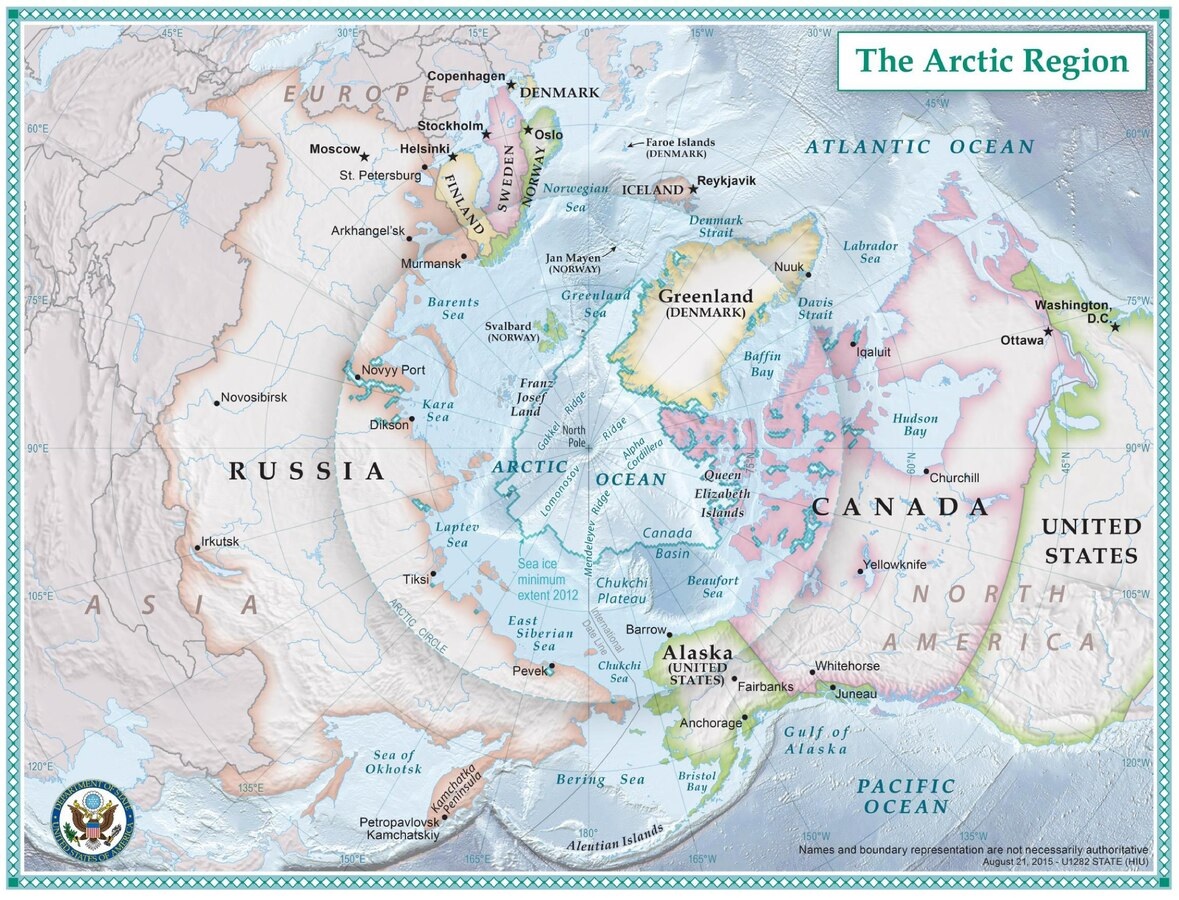
Political map showing land ownership in the Arctic region. Photo: CC
As countries expand drilling in the Arctic Circle, the consequences could include erosion and harm to native species, as well as potential environmental disasters due to the potential for oil spills that could devastate wildlife populations. Large-scale resource extraction will also accelerate ice loss. A recent NASA report estimated that the Arctic has lost about 12.2% of its sea ice per decade over the past 30 years. And the implications are far-reaching around the world.
The Arctic and Antarctica are Earth’s “refrigerators.” Because they are covered in snow and ice that reflect heat back into space, they help balance out heat-absorbing regions. Less ice means less heat reflected, leading to more intense heat waves around the world. The melting of Greenland is a major predictor of future sea level rise: If it were to melt completely, global sea levels could rise by 6 meters.
Melting ice also opens up more areas for resource exploitation in areas that have not yet been declared sovereign. And that is the premise for territorial claims, increasing disputes, and promoting military activities to assert power, such as patrols, exercises, and the construction of outposts in the Arctic.
Meanwhile, the countries involved in the observer role of the Arctic Council are also closely watching the environmental changes in this polar region and have developed their own Arctic strategies. For example, India said that the Arctic has a direct impact on the country's monsoon patterns, which are crucial for agriculture and food security in a country of more than 1 billion people. Therefore, India expressed strong support for Russia's call for BRICS+ to be more involved in Arctic issues.
All of these developments mean that the cold northern reaches of the planet are continuing to heat up, both literally and figuratively. The Arctic is emerging as a major region in the 21st century and will play a major role in the world economy thanks to its vast resources and the potential for new shipping routes as the ice melts.
Source: https://www.congluan.vn/bac-cuc-dang-nong-len-theo-bat-cu-nghia-nao-post332715.html


![[Photo] "Beauties" participate in the parade rehearsal at Bien Hoa airport](https://vstatic.vietnam.vn/vietnam/resource/IMAGE/2025/4/11/155502af3384431e918de0e2e585d13a)




![[Photo] Looking back at the impressive moments of the Vietnamese rescue team in Myanmar](https://vstatic.vietnam.vn/vietnam/resource/IMAGE/2025/4/11/5623ca902a934e19b604c718265249d0)
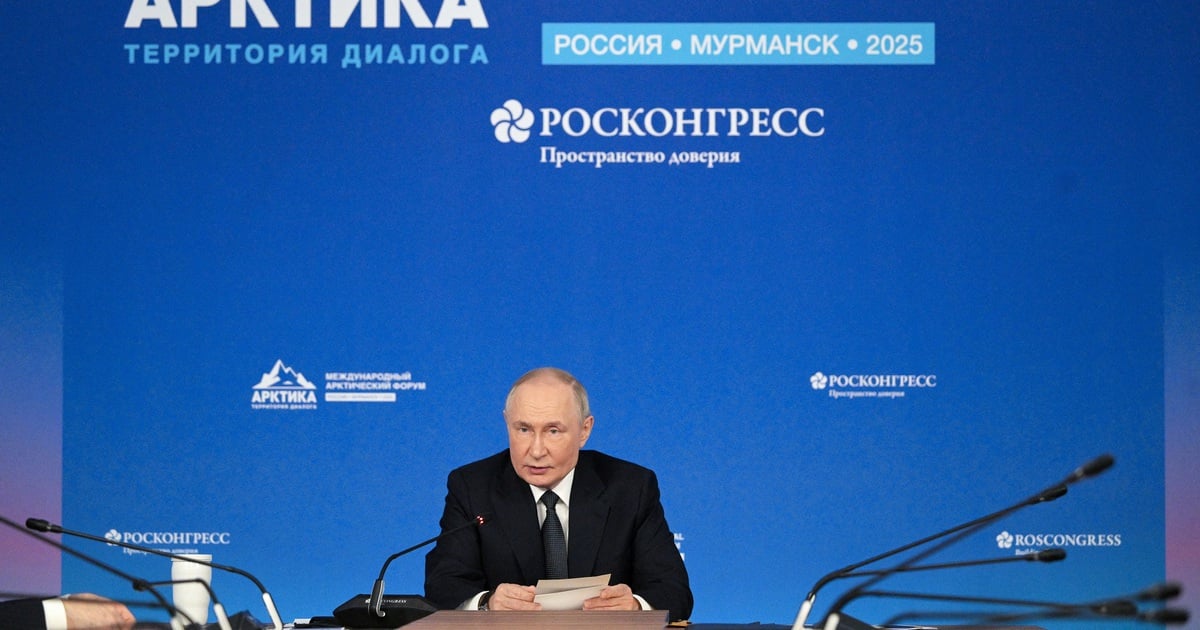

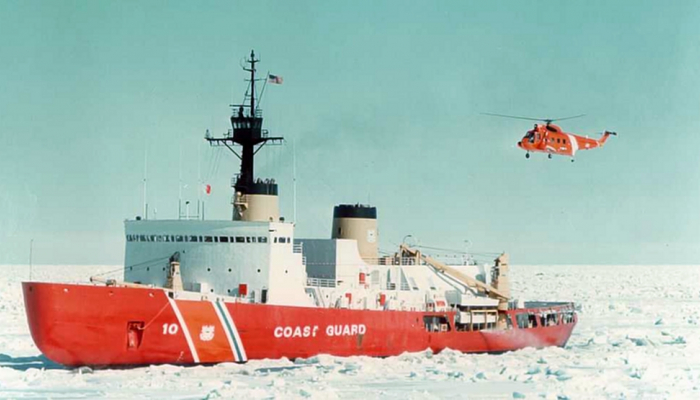
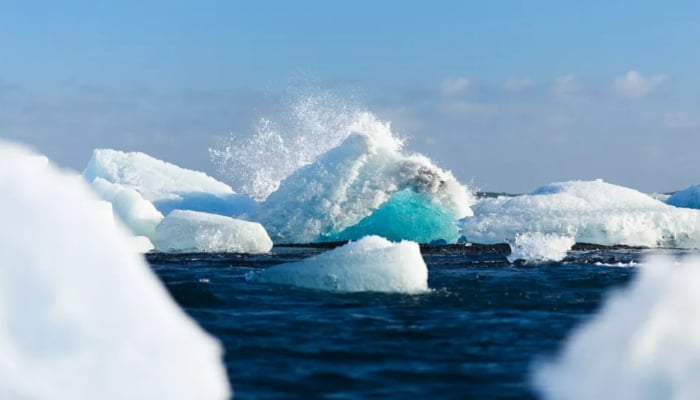
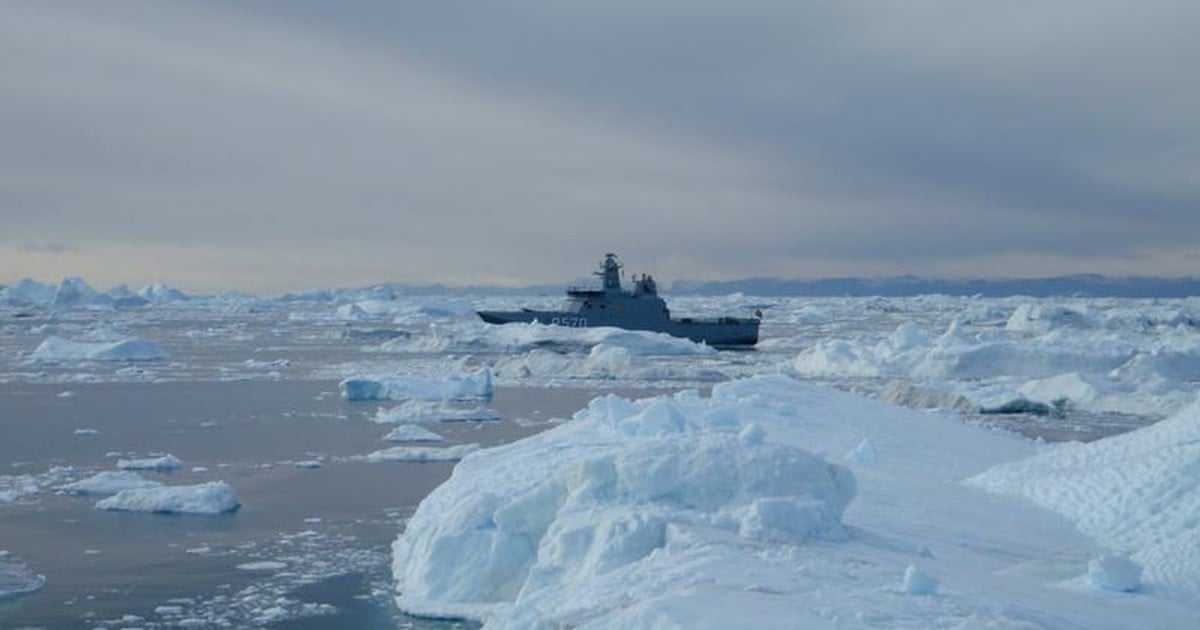
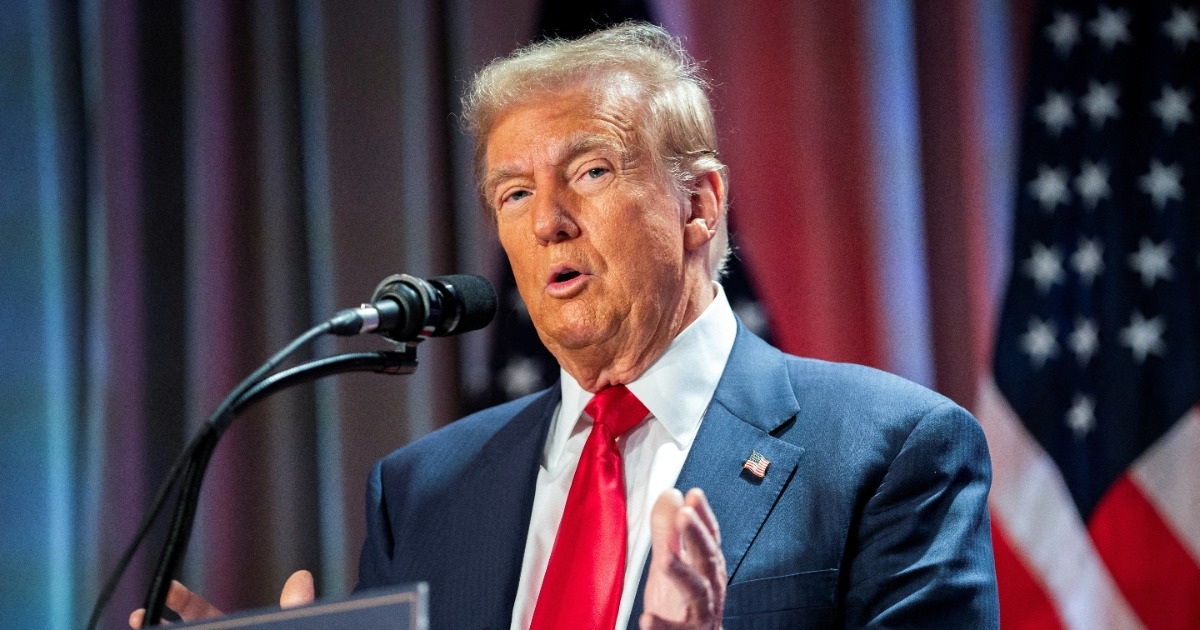

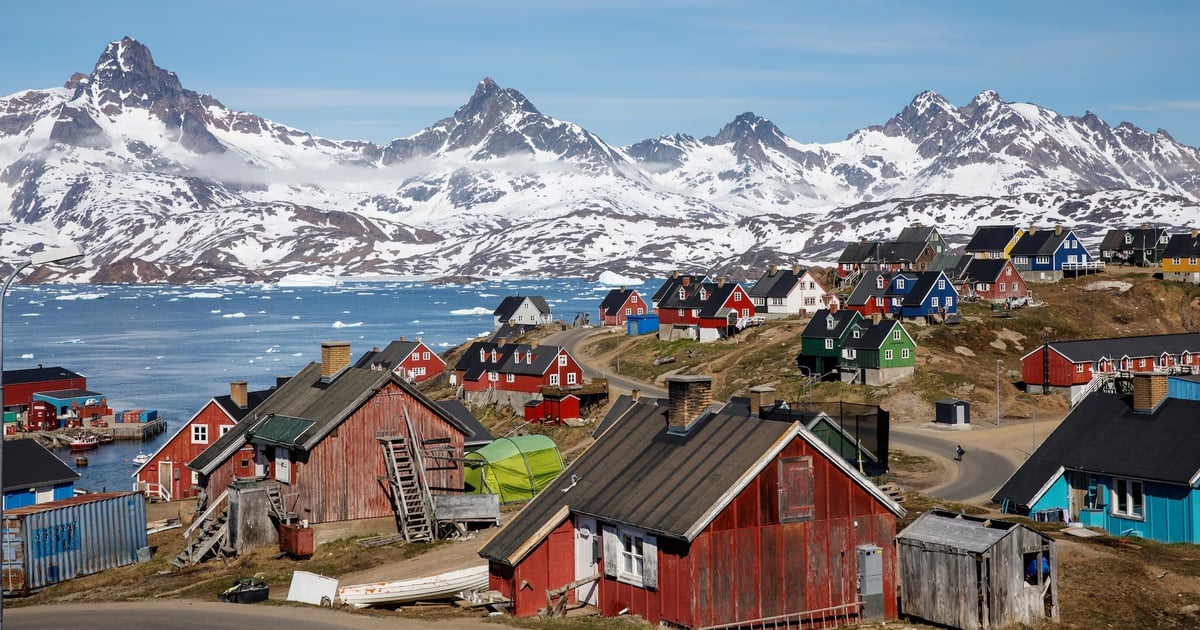




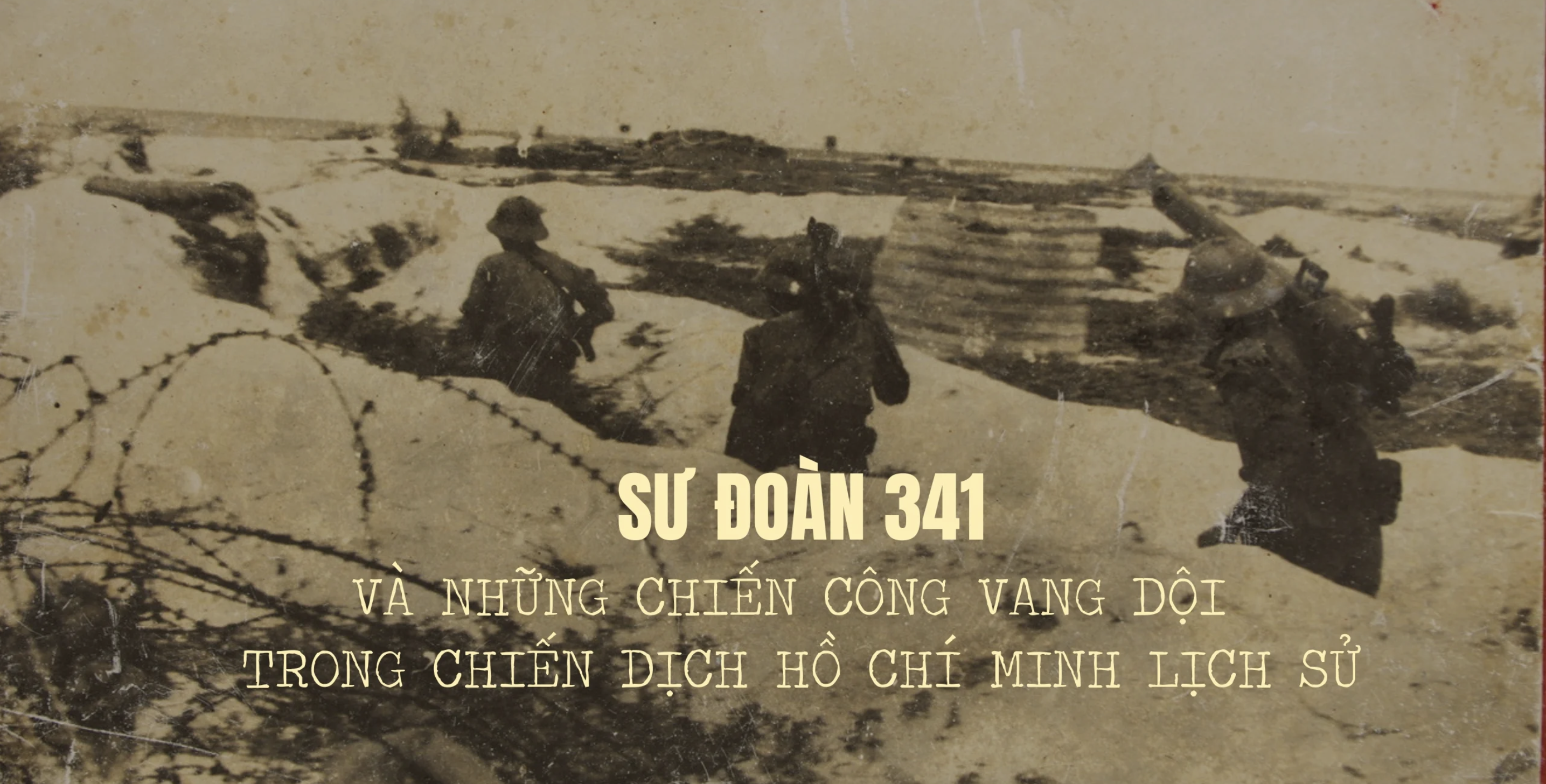
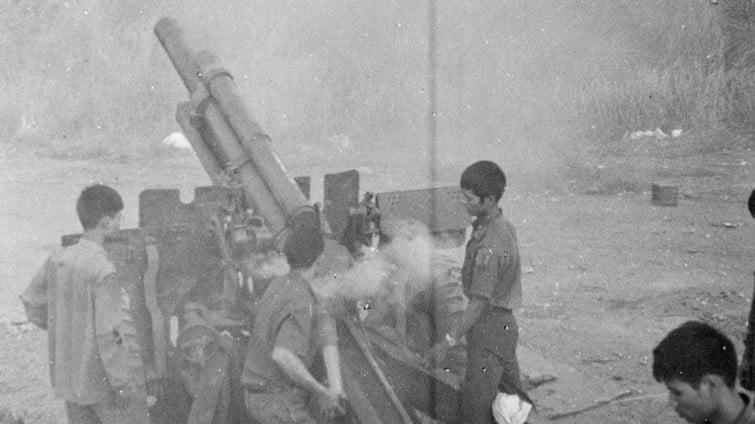


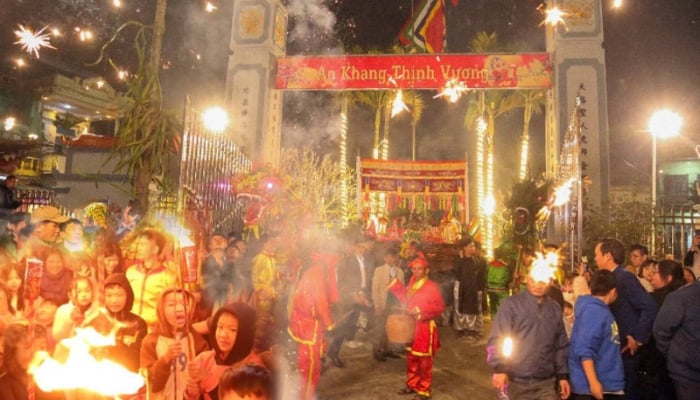
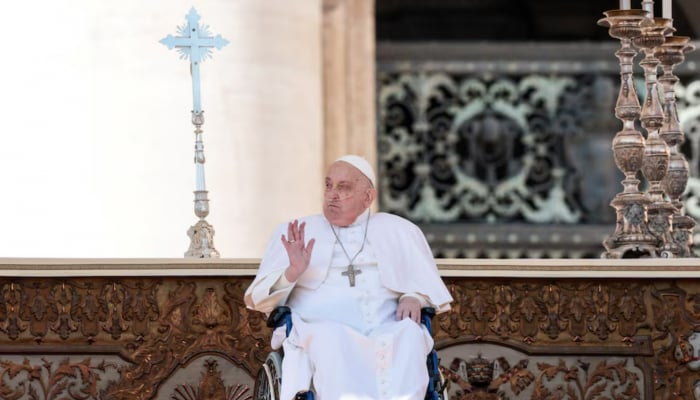
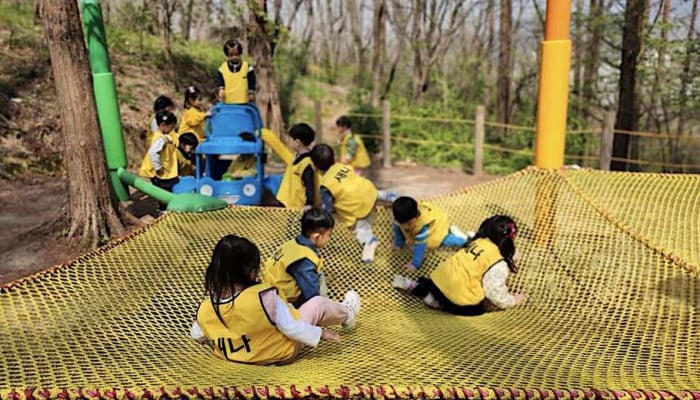

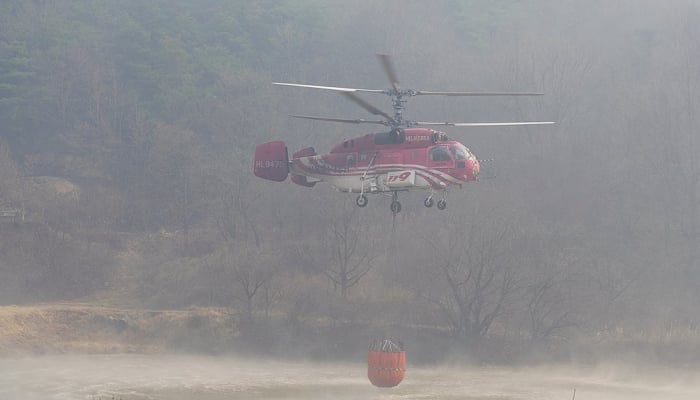

![[Photo] Summary of parade practice in preparation for the April 30th celebration](https://vstatic.vietnam.vn/vietnam/resource/IMAGE/2025/4/11/78cfee0f2cc045b387ff1a4362b5950f)
































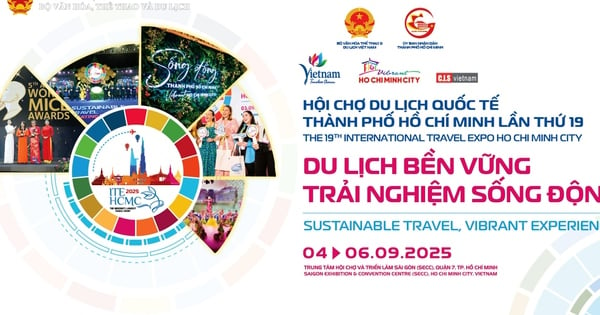

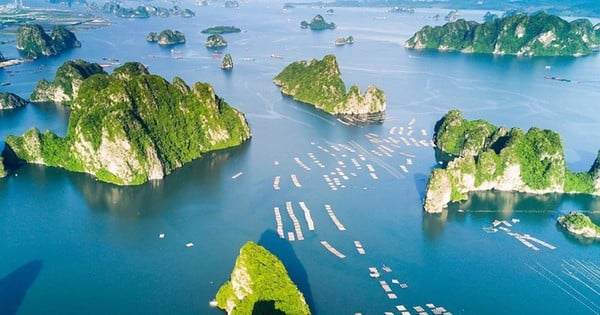






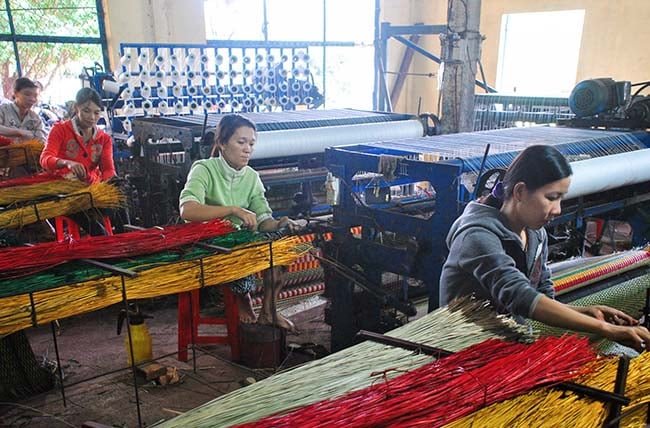

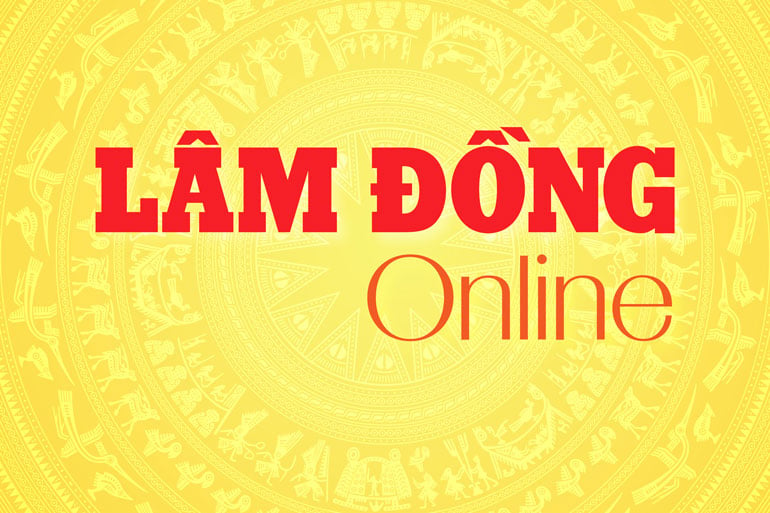
















Comment (0)